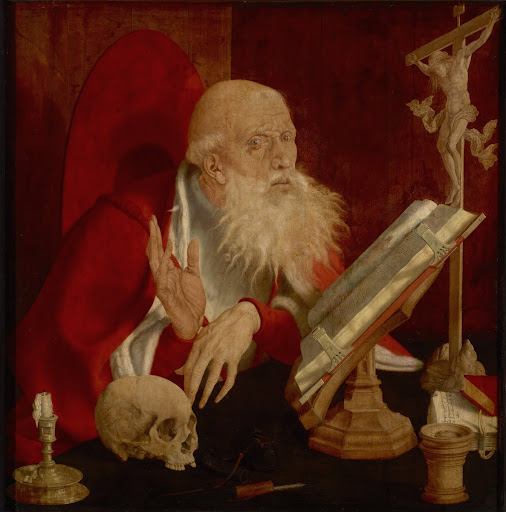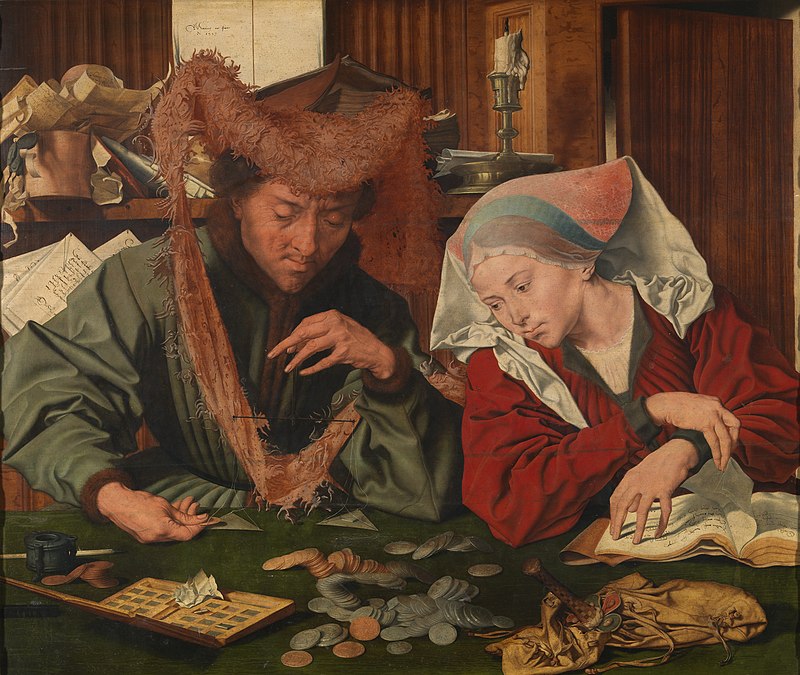Marinus Van Reymerswaele
There are no products to list.
Marinus Van Reymerswaele
Marinus van Reymerswaele or Marinus van Reymerswale (1490 – 1546) was a Dutch Renaissance painter mainly known for his genre scenes and religious compositions. After studying in Leuven and training and working as an artist in Antwerp, he returned later to work in his native Northern Netherlands. He operated a large workshop which produced many versions of mainly four themes: the tax collectors, the money changer and his wife, the calling of Saint Matthew and St. Jerome in his study.

Marinus van Reymerswaele was born in the city of Reimerswaal and he also derives his last name from this city. He was registered in February 1504 as a student at the University of Leuven. He was registered in 1509 in the Liggeren of the Antwerp Guild of Saint Luke as a pupil of Symon van Daele, a glass painter.
He worked, at least from 1531 to 1540. In the latter year he moved to Goes, where he died around 1546.
The artist is known for a small number of signed panels. A number of other paintings are attributed to Marinus on stylistic grounds. His works show the influence of the Antwerp painter Quentin Matsys.
His oeuvre deals with of a relatively small numbers of themes, mostly adapted from Quentin Massys and Albrecht Dürer:

The moneychanger and his wife
Two tax collectors
The lawyer’s office
Saint Jerome in his study
The calling of Matthew
The Calling of St. Matthew (1530s), Thyssen-Bornemisza Museum, Madrid A large group of tax collectors are wrongly attributed to Marinus. His themes were popular in the sixteenth century and his paintings copied many times
source: wiki


